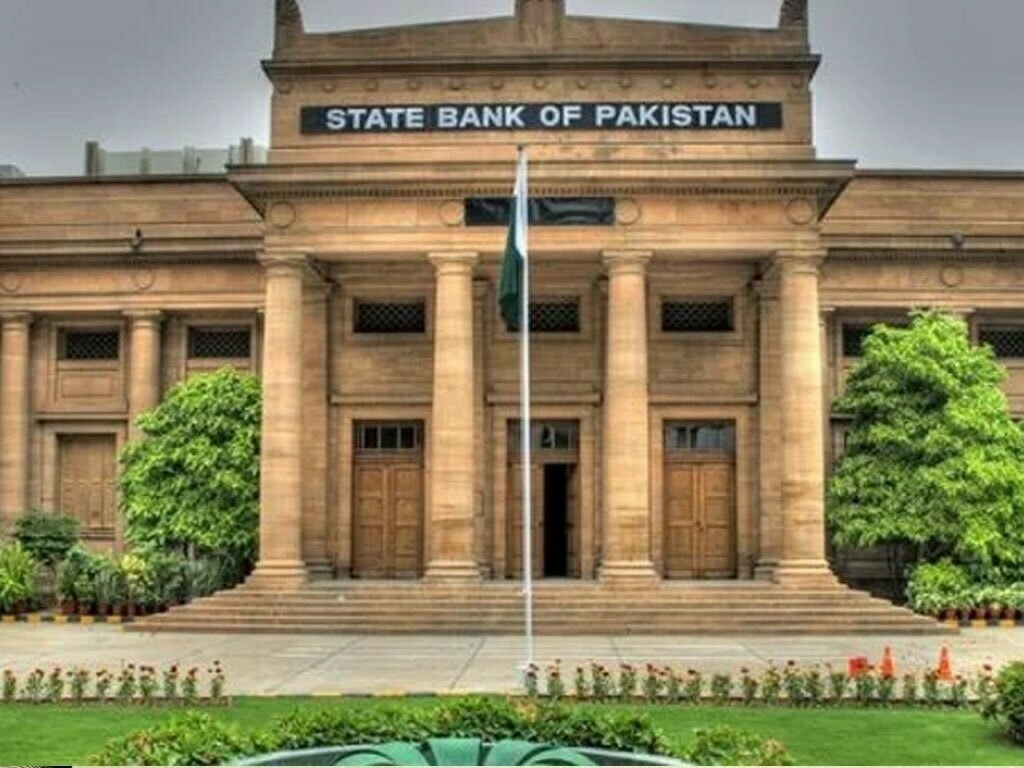By Hassan Abbas
Published in Business Recorder on July 01, 2022
LAHORE: Acting Governor of the State Bank of Pakistan Dr Murtaza Syed on Thursday said that over the past 10 years, on average 91 percent of the country’s merchandise trade deficit has been financed by remittances.
He was addressing the launch of the Pakistan Migration Report 2022, at the Lahore School of Economics, Burki Campus. The report is second in the series published biennially by the Centre on Migration, Remittances and Diaspora (CIMRAD), Lahore School of Economics. Dr Rashid Amjad, Director Graduate Institute of Development Studies (GIDS) and CIMRAD opened the proceedings of the launch.
Murtza emphasised on the critical role of remittances sent by overseas Pakistanis in sustaining the external account of Pakistan. He also said monthly remittances received by Pakistan have consistently exceeded US 2 billion dollars from June 2020 onwards despite Covid-19 and ensuing lockdowns.
Murtaza appreciated Government of Pakistan and State Bank of Pakistan’s policy measures and initiatives including the role of Roshan Digital Account, Pakistan Remittance Initiative and the Sohni Dharti Remittance Initiative in increasing remittances by reducing the transaction costs, providing better investment opportunities and incentivizing the overseas Pakistanis.
While acknowledging the positive developments to enhance remittances, Dr Syed also identified three policy gaps firstly mismatch in the skill set of workers going abroad from Pakistan and the type of job openings abroad, secondly need for improvement in financial literacy of population to enhance individuals’ trust in the formal financial system and lastly called for increasing coordination and collaboration between the public and private sectors to identify and resolve bottlenecks.
According to the report, it is unlikely that the surge in remittances witnessed during 2020 and 2021 will sustain. While the shift in inflows from informal to formal channels and the new initiatives during Covid-19 period were able to increase the average monthly inflows to around USD 2,500 million, the impact of these factors has been diminishing and inflows are slowing down. Deteriorating economic conditions and political environment discourages investment-oriented inflows, the report warns that this aspect demands consideration given the over reliance on these inflows.
Migrant outflows to the United Arab Emirates (UAE) declined drastically from 33.8 percent in 2019 to 9.6 percent in 2021, which is contrary to the historical trends. Correspondingly, remittance inflows from UAE and Saudi Arabia increased at a lower rate in 2020-2021 compared to 2019-2020. The report highlights the above observation as worrisome as the two countries are the largest recipients of migrants and senders of remittances to Pakistan.
The report also mentions that about half of Pakistani labor migrants continue to be low-skilled or unskilled, while the planned demand for such workers is shrinking in Saudi Arabia and the UAE. In terms of new migrant destinations, Pakistan has not made much progress. Malaysia that was considered as an emerging market showed a declining trend following the pandemic. Japan and China could be important destinations in the future but remained numerically insignificant as of 2021.
Dr Jonathan S Addleton, Rector, Forman Christian College and an internationally recognised scholar on migration also spoke at the event. He pointed out that over the years Pakistan’s migration dynamics have been dominated by recurring themes of low skill level of labour migrants and outflows concentrated in districts of Punjab and KPK. Also in terms of destination countries, the Gulf has remained amongst the top host countries, consistently.
Dr Amjad emphasized on the need to focus on policies to address challenges of informal remittance inflows and illegal migration. According to previous estimates around 57 percent of remittance inflows are through informal channels. He also highlighted data constraints and stressed on the need for access to more detailed data for carrying out more rigorous analysis.
Other speakers at the launch ceremony included Dr Nasra Shah, Coordinator CIMRAD and Professor at GIDS, and Almazia Shahzad, Research & Teaching Fellow at GIDS. Dr Shah shared the main messages of the report with a focus on migration outflows and governance of migration related SDGs, while Almazia Shahzad presented an analysis on remittance inflows and relationship with the macroeconomic situation of the country.




